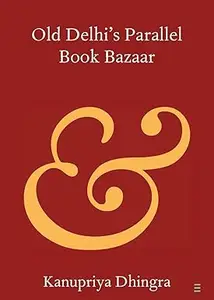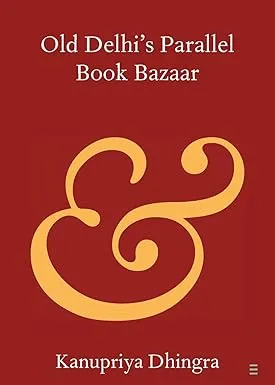Old Delhi's Parallel Book Bazaar
by Kanupriya Dhingra
English | 2024 | ISBN: 1009463012 | 102 Pages | PDF | 2.58 MB
by Kanupriya Dhingra
English | 2024 | ISBN: 1009463012 | 102 Pages | PDF | 2.58 MB
This Element looks at Old Delhi's Daryaganj Sunday Book Market, popularly known as Daryaganj Sunday Patri Kitab Bazaar, as a parallel location for books and a site of resilience and possibilities. The first section studies the bazaar's spatiality - its location, relocation, and respatialisation. Three actors play a major role in creating and organising this spatiality: the sellers, the buyers, and the civic authorities. The second section narrativizes the biographies of the booksellers of Daryaganj to offer a map of the hidden social and material networks that support the informal modes of bookselling. Amidst order and chaos, using their specialised knowledge, Daryaganj booksellers create distinctive mechanisms to serve the diverse reading public of Delhi. Using ethnography, oral interviews, and rhythmanalysis, this Element tells a story of urban aspirations, state-citizen relations, official and unofficial cultural economies, and imaginations of other viable worlds of being and believing.



